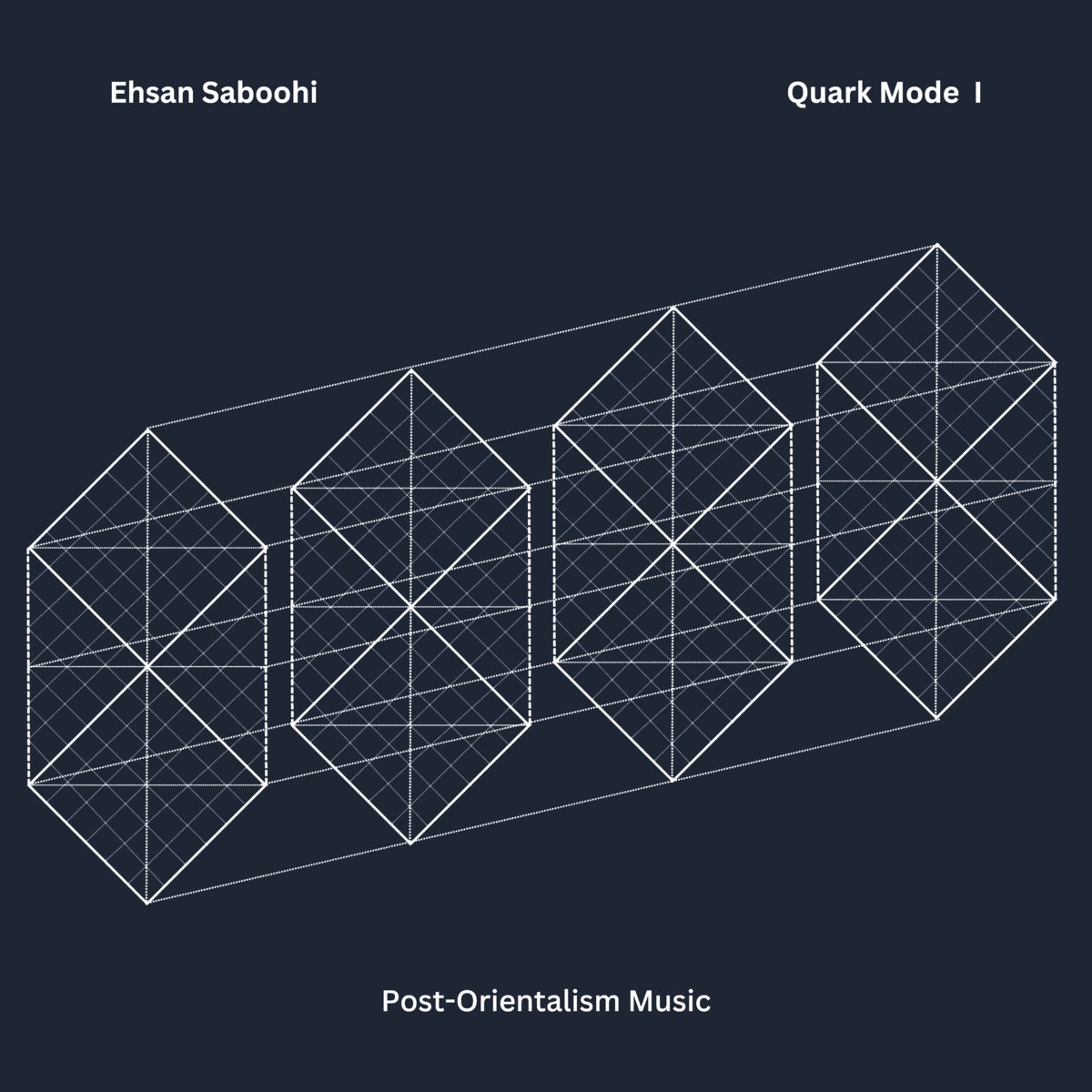Der iranischstämmige Komponist Ehsan Saboohi bringt Anfang nächsten Monats ein neues Album unter dem Titel “Quark Mode I” heraus. Das all seinem innovativen Charakter zum Trotz tief in der Geschichte klassischer persischer Musik verwurzelte Werk, das in Zusammenarbeit mit der Kamānche-Virtuosin Niloufar Shabazi und dem ebenfalls als Komponist und Klangkünstler nekannten Toningenieur Ali Balighi entstanden ist, wurde nach dem Begriff betitelt, den Saboohi als einer der Physik entlehnten passenderen Alternative zu dem gängigeren Terminus der Mikrotonalität gewählt hat.
Dazu heißt es: “To be perfectly honest, as an Iranian composer with the lived experience of eastern music, I have never found “microtonality” and the approaches emerging from the discourse of “microtonality” precise and convincing—precise in the sense of the harmony of Bach’s Chorales or The Art of Fugue and Schoenberg’s Suite for Piano. To me, there is something lost within the term “microtonal”. Its strange mysterious quality bewilders me. In the past decade, I have given this matter considerable thought, contemplating how I can explain my theory. Finally, I came across “quark theory” in physics. Quarks are simply defined as “ultimate building blocks of visible matter in the universe”. Quarks are believed to be “elementary and fundamental particles” that in combination with each other form dual “composite particles”. A similar concept, the idea of stable dual particles in ancient Persian literature, received particular attention in the “Zurvanist” culture. Historically, philosophers like Khayyam (in the Rubaiyat) and Morteza Hananeh in music composition paid special attention to this duality. My music composition theory which I call the “Quark Mode” consists of fundamental particles that develop into stable dual particles. The raw material for the Quark Mode is a potential register consisting of 600 tones. In other words, the Quark Mode involves a 600-tone equal temperament (600-TET). The tones will have binary divisions with high levels of precision and clarity”. Das Album erscheint digital auf Saboohis Post Orientalism-Label.
